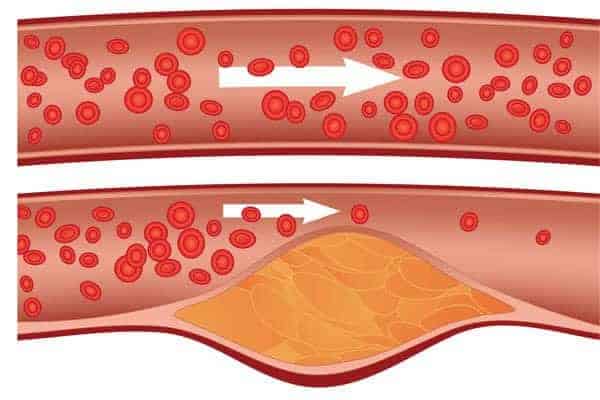The Rise of Beige Food: Harmless Nostalgia or Health Red Flag?
From chicken nuggets to buttered toast and pasta, beige foods are enjoying renewed popularity, often celebrated for their comforting, nostalgic appeal. Social media feeds brim with plates of monochromatic snacks, sparking both delight and concern. While some hail these foods as a return to simplicity and childhood favorites, others warn of their limited nutritional value and potential health risks. As the debate intensifies, understanding the allure and implications of beige foods has become essential in today’s evolving food landscape.
1. The Beige Food Boom
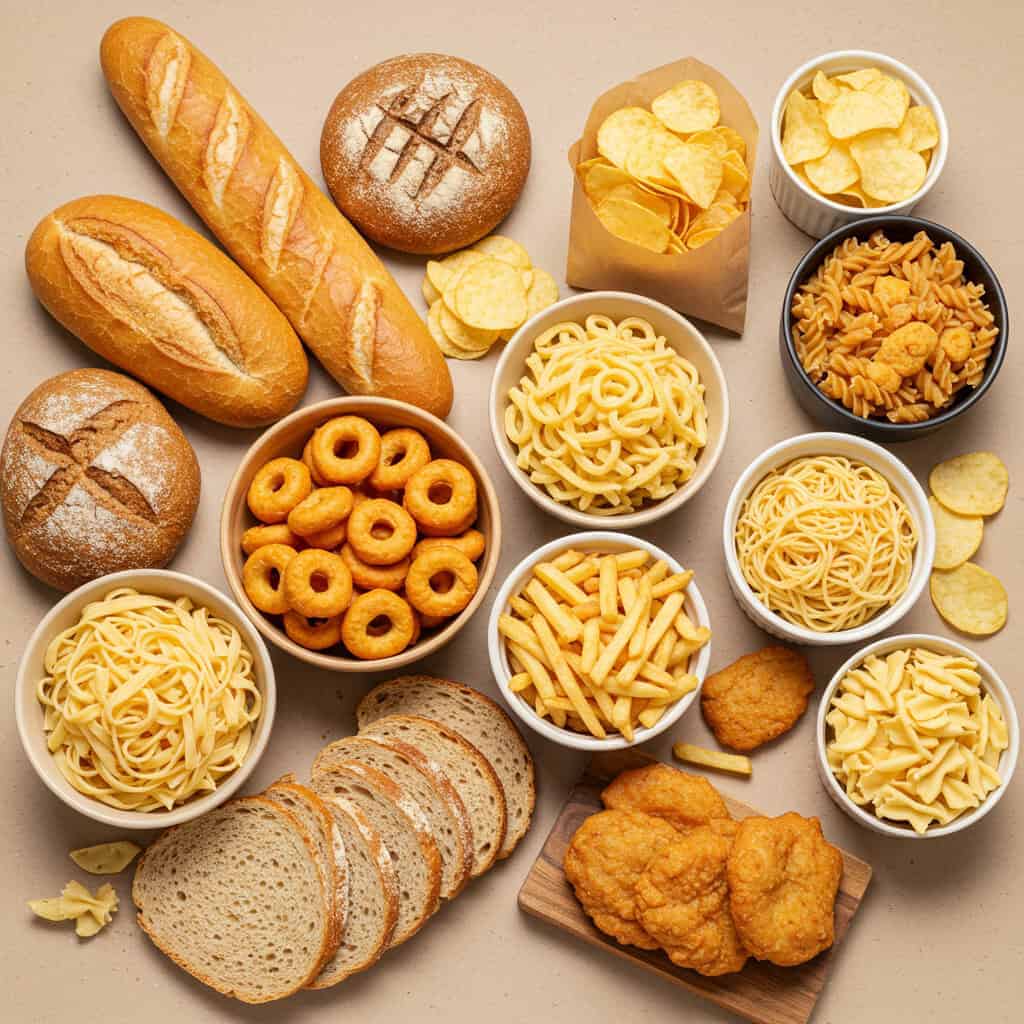
Beige foods like bread, pasta, fries, and chips have made a striking comeback, dominating Instagram and restaurant menus alike. Unlike the vibrant “eat the rainbow” trend, this movement embraces muted, comforting tones. Their popularity recalls earlier fads like avocado toast, but with a focus on familiarity and ease. Many see beige foods as symbols of comfort and nostalgia—a culinary safe space amid uncertain times.
2. Defining Beige Food
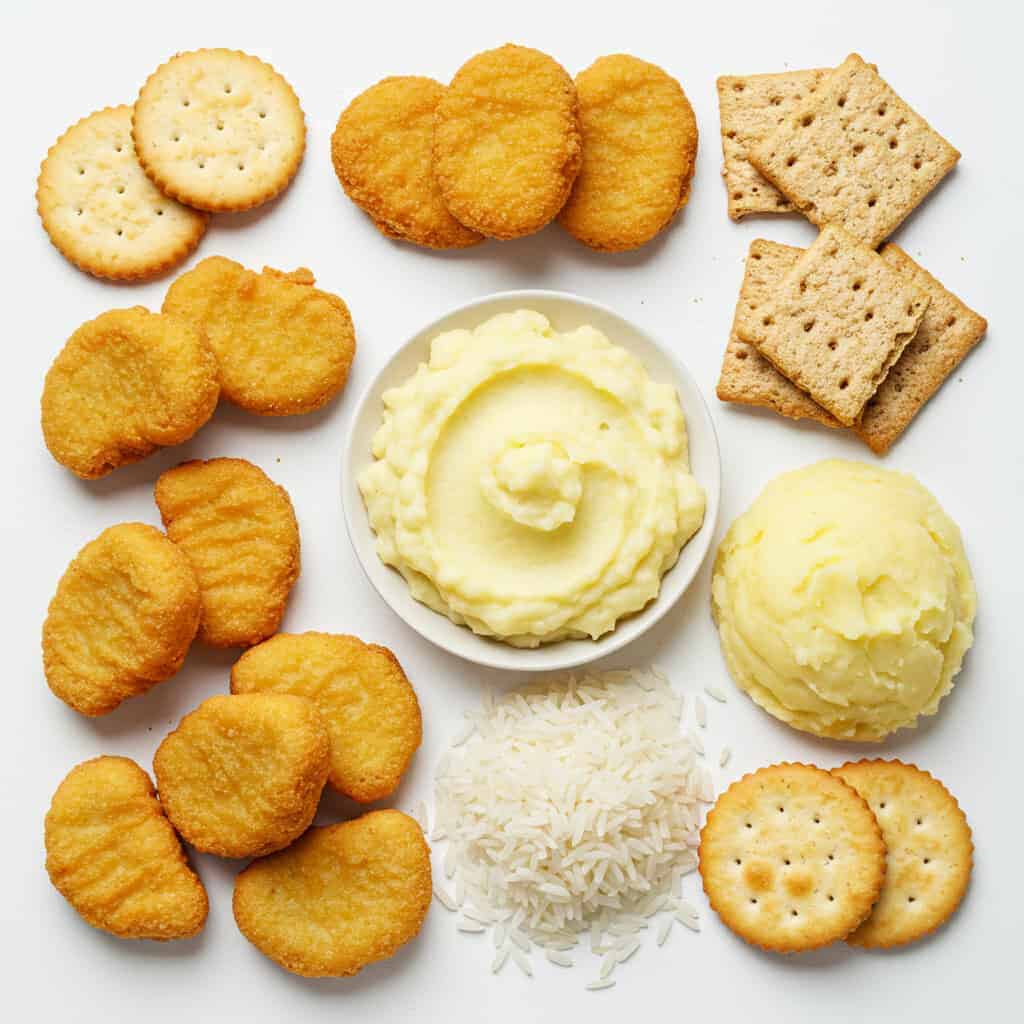
Beige food refers to items with a pale, tan, or golden hue—think chicken nuggets, mashed potatoes, crackers, and white rice. This color profile often results from processing methods like frying, baking, or refining grains, which strip away natural pigments and nutrients. Unlike naturally colorful fruits and vegetables, beige foods tend to be more uniform in appearance and flavor, frequently relying on added fats and starches. Their distinct look and texture set them apart from more nutrient-dense, vibrantly colored foods.
3. Childhood Nostalgia
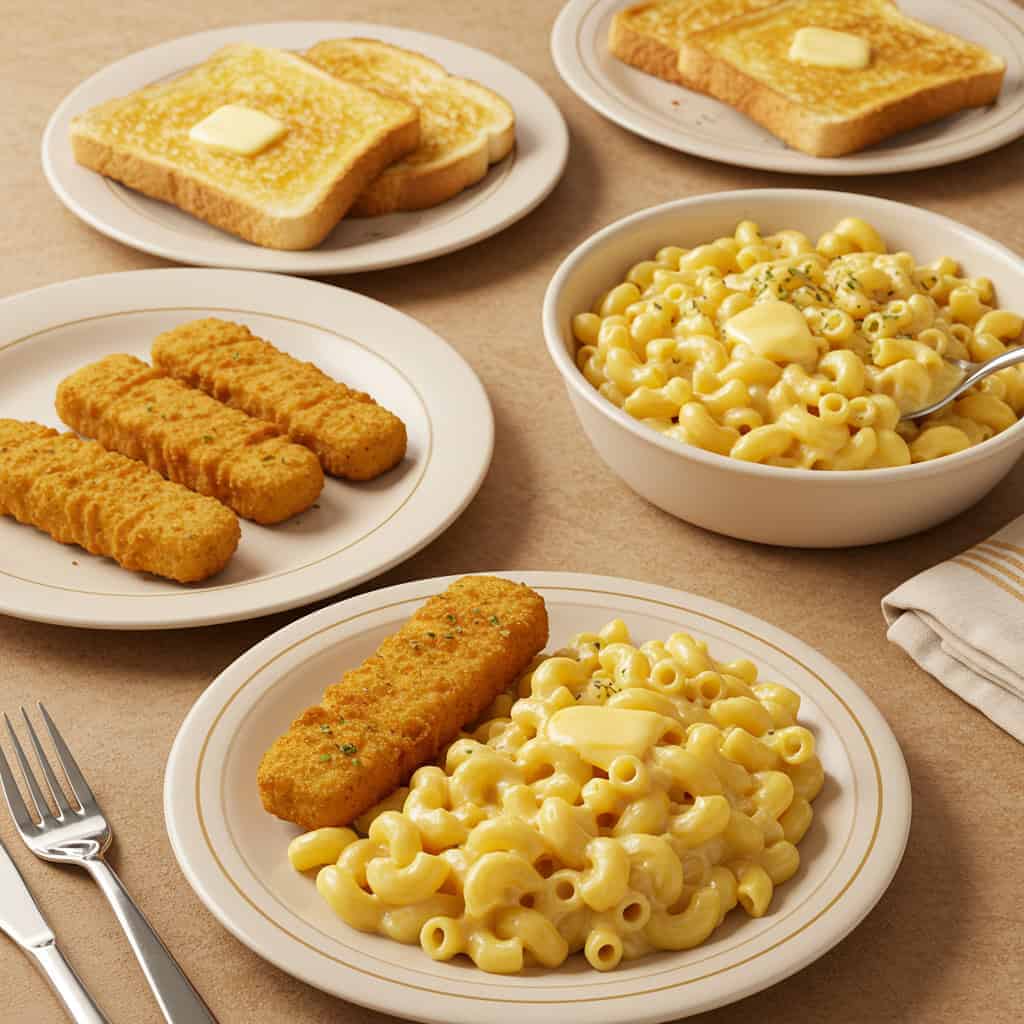
Beige foods like macaroni and cheese, fish sticks, and buttered toast often transport adults back to the warmth of family dinners and school cafeteria trays. These dishes, staples in many childhoods, symbolize safety and simplicity, providing a comforting escape from adult responsibilities. Their familiar flavors and textures trigger positive memories and emotional well-being, making them perennial favorites in times of stress or uncertainty.
4. The Convenience Factor

Beige foods thrive in modern, fast-paced lifestyles due to their convenience and accessibility. Packaged snacks like crackers and frozen chicken tenders require minimal preparation compared to homemade, balanced meals. This quick-fix appeal fits perfectly into hectic schedules, often taking precedence over time-consuming cooking. The widespread availability of these foods in supermarkets and vending machines further cements their popularity among those seeking easy, satisfying options.
5. Social Media Influence
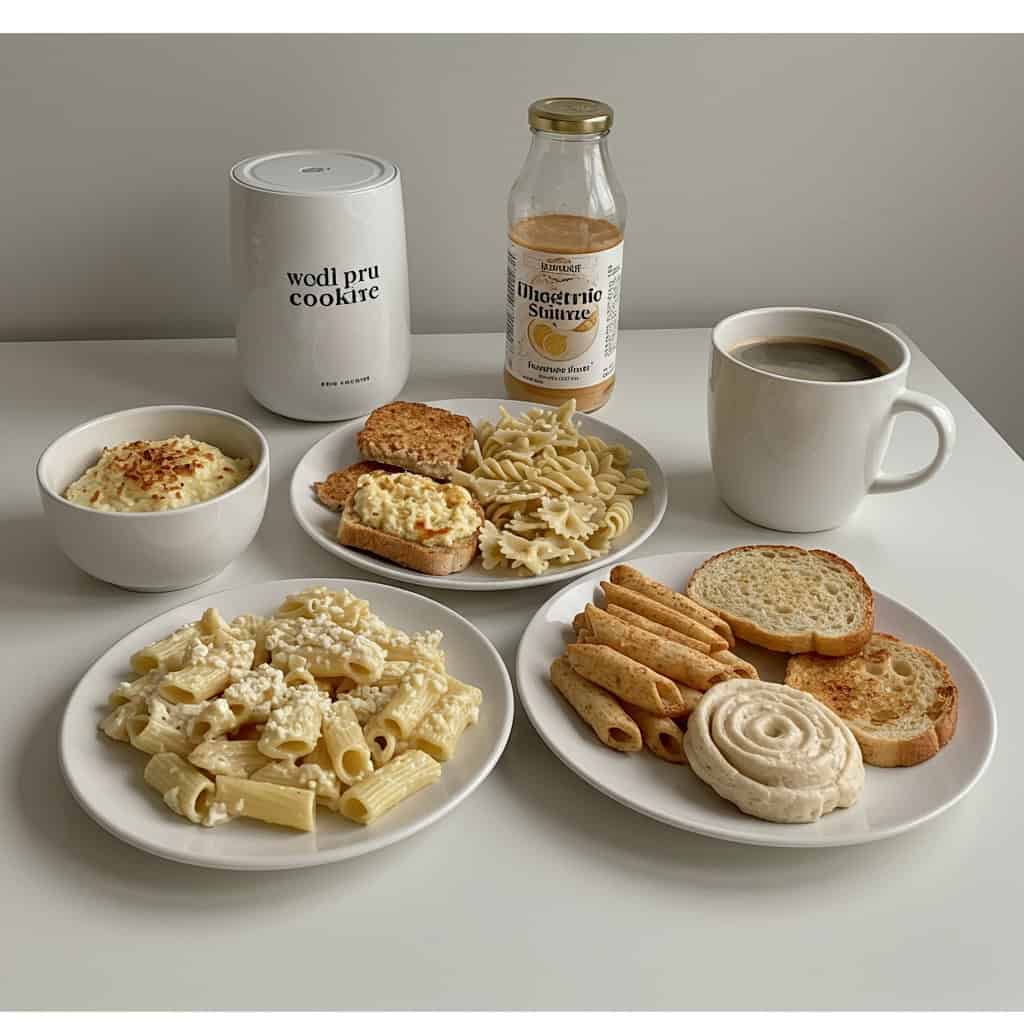
Platforms like TikTok and Instagram have propelled beige foods to viral fame, with influencers sharing recipes for baked pasta, toast, and air-fried snacks. These foods are often styled as cozy and relatable, fitting seamlessly into trends like “comfort cooking” and “aesthetic snacking.” The soft, uniform colors are visually soothing, making beige plates popular in food photography and challenges that celebrate simplicity.
6. Cultural Variations
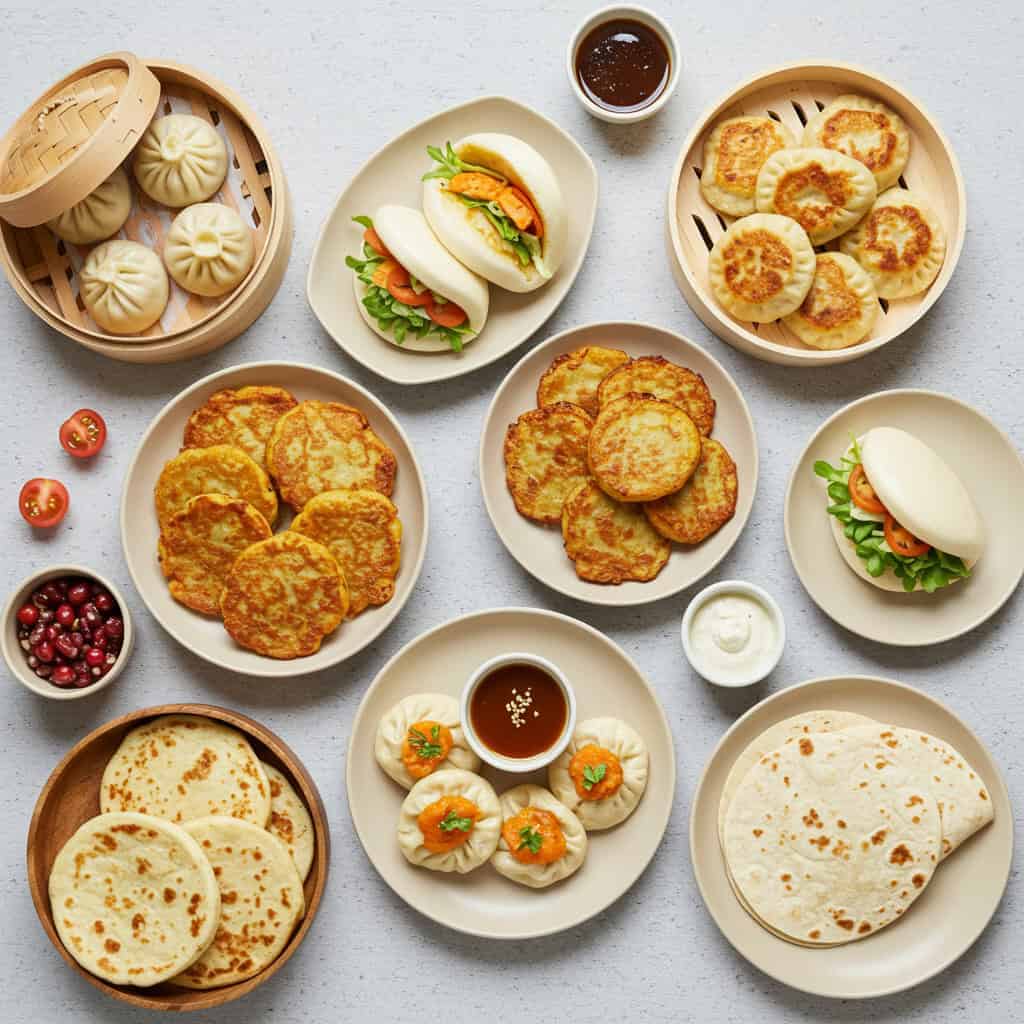
Beige foods transcend borders, taking on unique forms around the world. In Asia, steamed dumplings and bao buns offer soft, pale comfort; Eastern Europe is home to pierogi and potato pancakes; and Latin America boasts staples like tortillas and arepas. Despite their differences, these foods share a soothing, adaptable quality, easily paired with diverse flavors and fillings. Their universal appeal lies in their ability to provide both sustenance and a sense of familiarity across cultures.
7. Comfort in Uncertain Times

During stressful periods like the COVID-19 pandemic, beige foods surged in popularity, offering emotional solace and a sense of normalcy. Their gentle flavors and familiar textures provided comfort when routines were disrupted. This mirrors previous eras—such as the Great Depression or wartime rationing—when people gravitated toward simple, hearty staples for reassurance. Beige comfort foods consistently reemerge as go-to choices during collective uncertainty.
8. The Science of Craving Beige
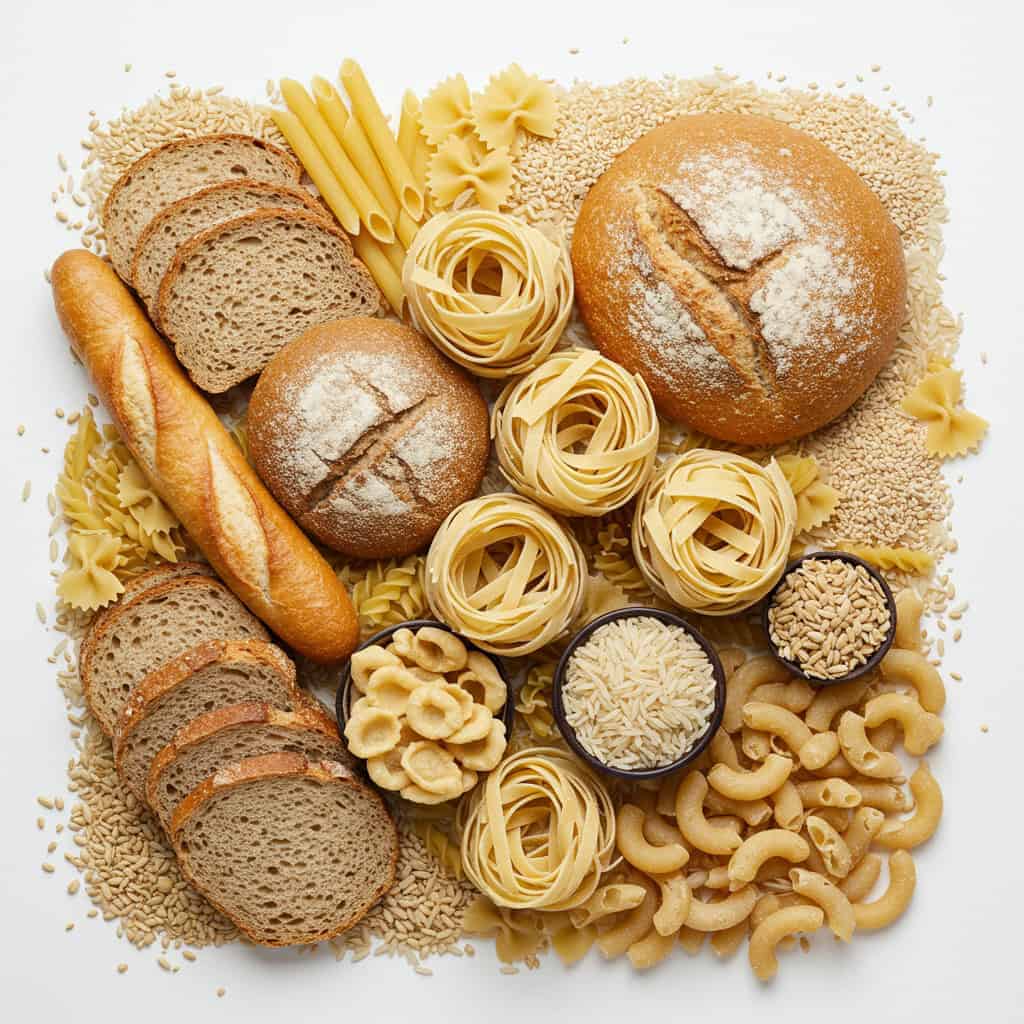
Research shows that carb-heavy, bland foods stimulate dopamine release, triggering feelings of pleasure and satisfaction. Simple flavors found in beige foods can soothe the nervous system, especially during stress. Studies suggest these foods are easier to digest and less likely to overwhelm the senses, making them a preferred comfort choice. This craving is rooted in both biology and psychology, as our brains associate such foods with reward and security.
9. Nutritional Profile
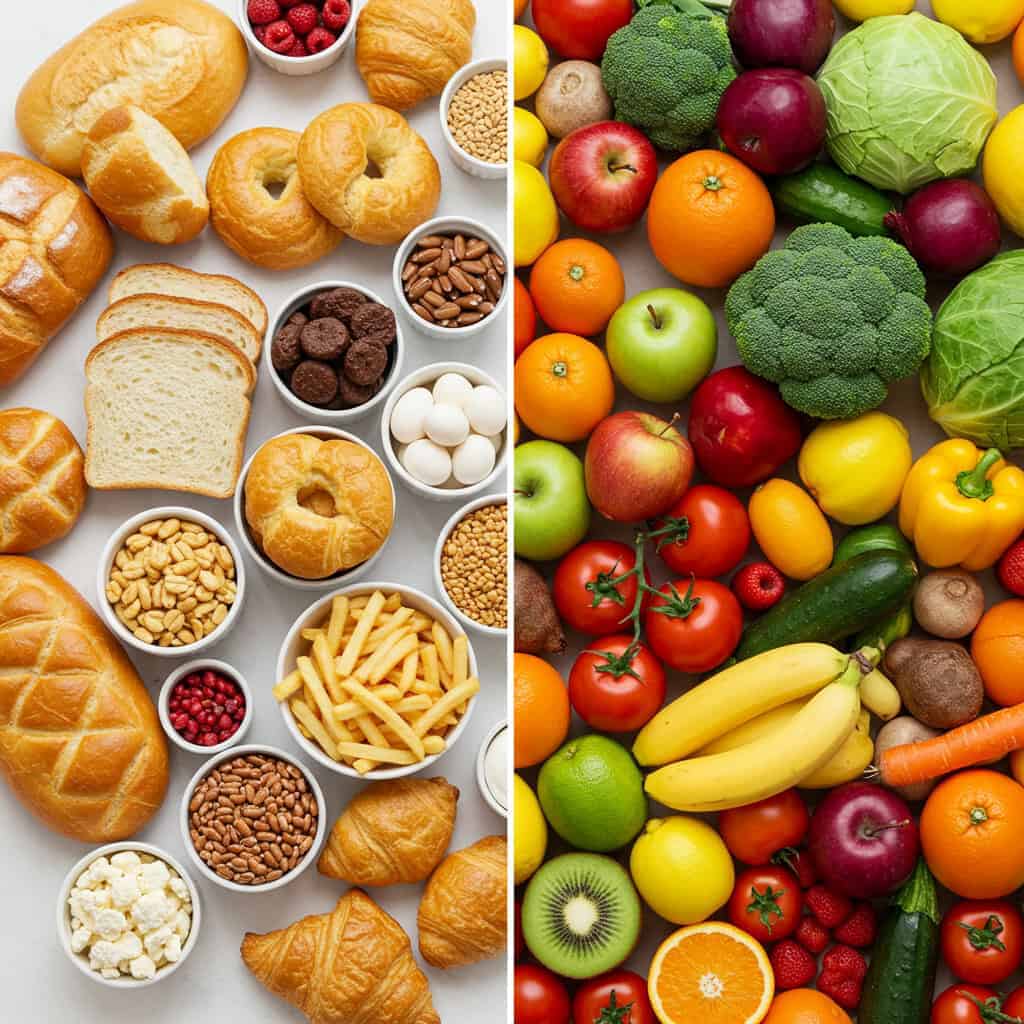
Most beige foods—such as white bread, fries, and pastries—are high in refined carbohydrates, unhealthy fats, and sodium, while often lacking in fiber, vitamins, and minerals. Compared to vibrant fruits and vegetables, which offer antioxidants and essential nutrients, beige foods provide less nutritional benefit and more empty calories. Regularly consuming these foods is linked to increased risks of obesity, type 2 diabetes, and cardiovascular disease.
10. Health Expert Opinions
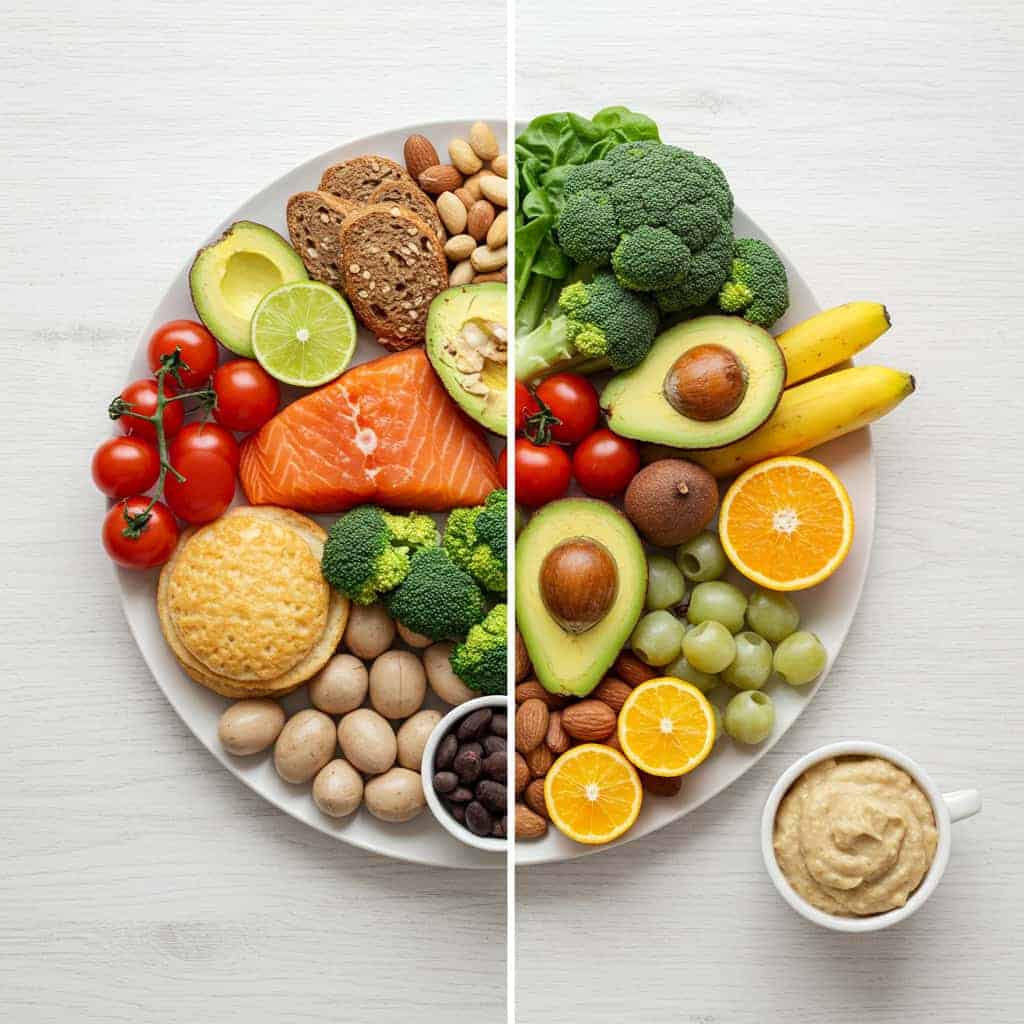
Nutritionists and dietitians caution that a diet dominated by beige foods can lead to nutrient deficiencies and unhealthy eating habits. Many experts stress the importance of variety and urge people to include more colorful, whole foods for balance. However, some acknowledge that enjoying beige comfort foods in moderation is not inherently harmful and can play a role in emotional well-being. The consensus is to aim for overall dietary balance rather than strict avoidance.
11. Processed vs. Natural
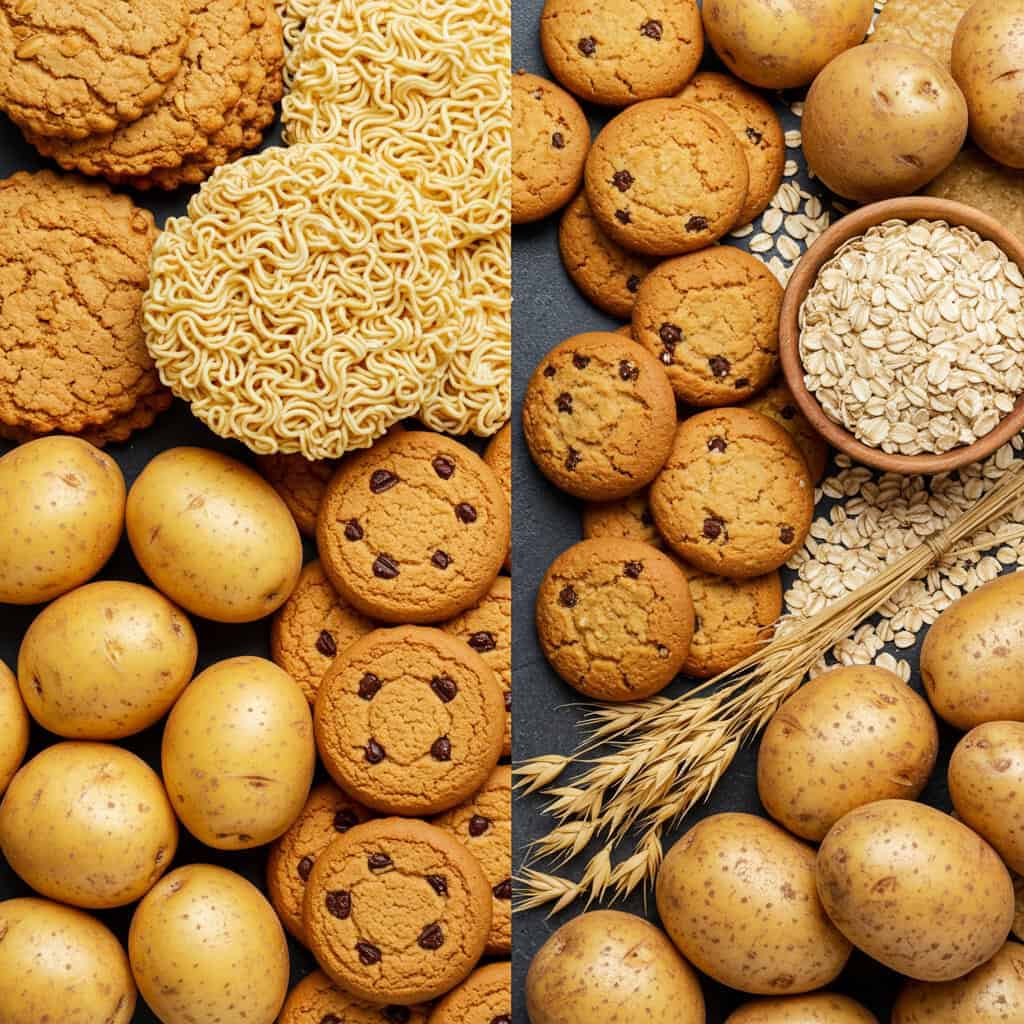
There’s a significant difference between highly processed beige foods—such as instant noodles and packaged cookies—and more natural choices like potatoes or oats. Processing often removes nutrients and adds sugars, unhealthy fats, and preservatives, lowering overall nutritional value. Natural beige foods, when minimally processed, can provide fiber and essential vitamins, whereas their processed counterparts are more likely to contribute to health problems when consumed frequently.
12. The Allure of Simplicity
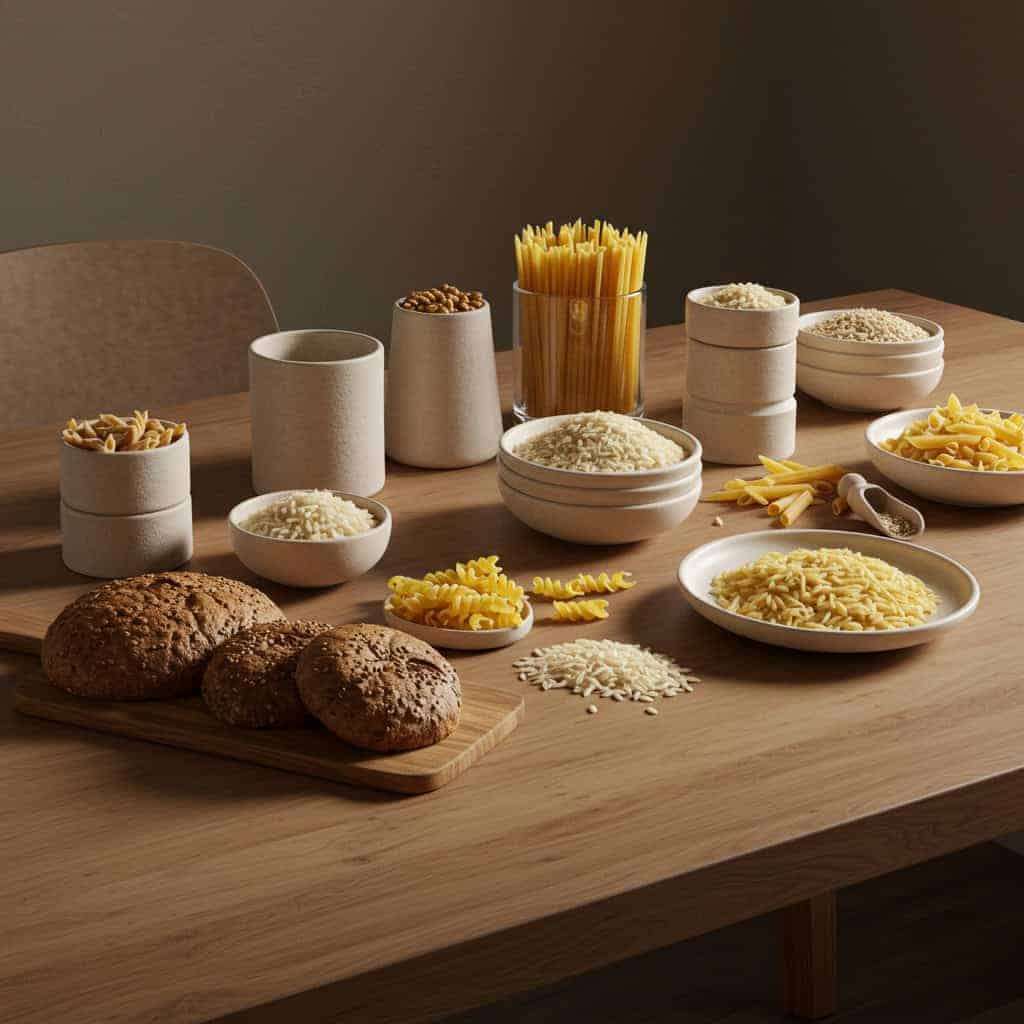
The appeal of beige foods lies in their simplicity and predictability, especially when life feels overwhelming. Much like the trend toward minimalism in fashion and home décor, people gravitate toward uncomplicated foods for a sense of control and comfort. These dishes require little decision-making or effort, allowing eaters to focus on ease and familiarity amid chaos.
13. The Role of Texture
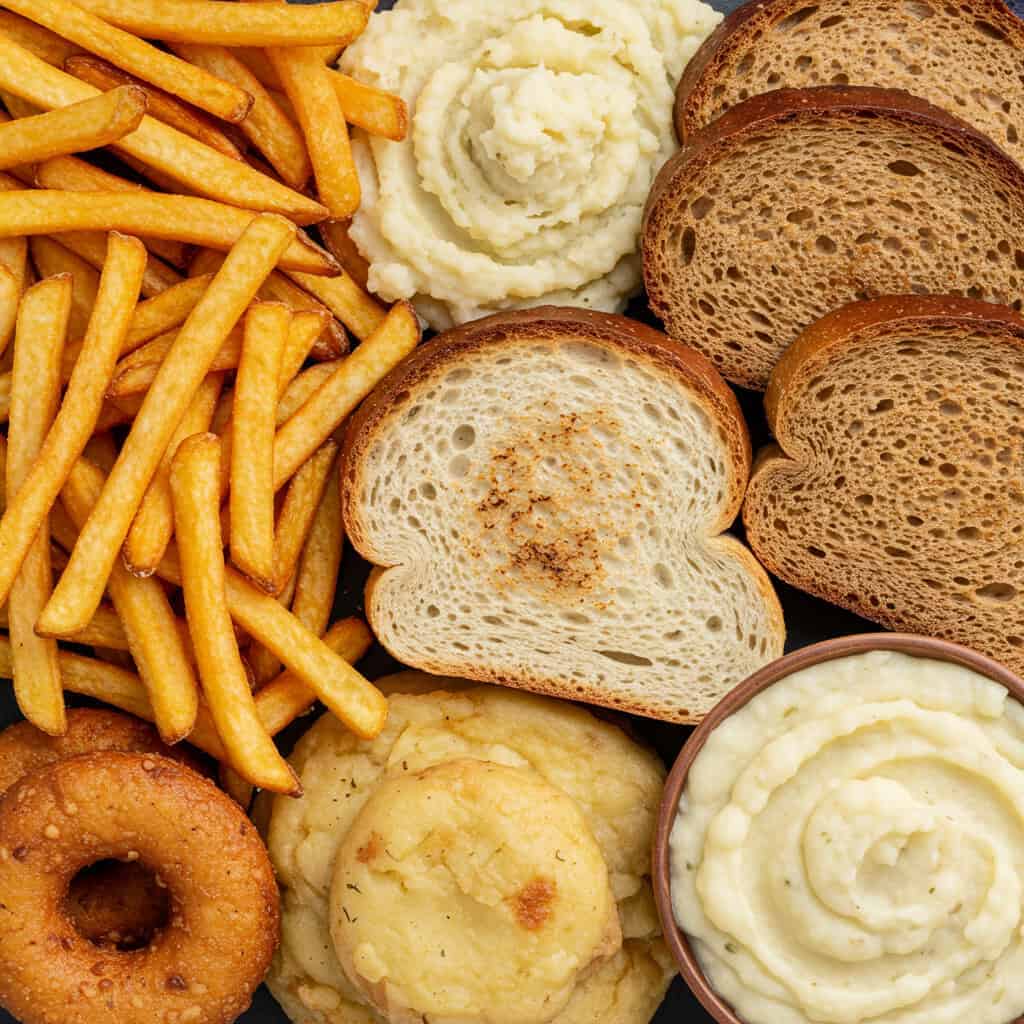
Texture plays a crucial role in the allure of beige foods. The satisfying crunch of fries or toast and the creamy smoothness of mashed potatoes provide distinct sensory pleasures. These textures can evoke feelings of comfort, safety, and even excitement, as they engage the senses beyond flavor alone. Food scientists note that mouthfeel is a key factor in food cravings, helping to explain the enduring popularity of these comforting dishes.
14. Restaurant Menus and Beige Options
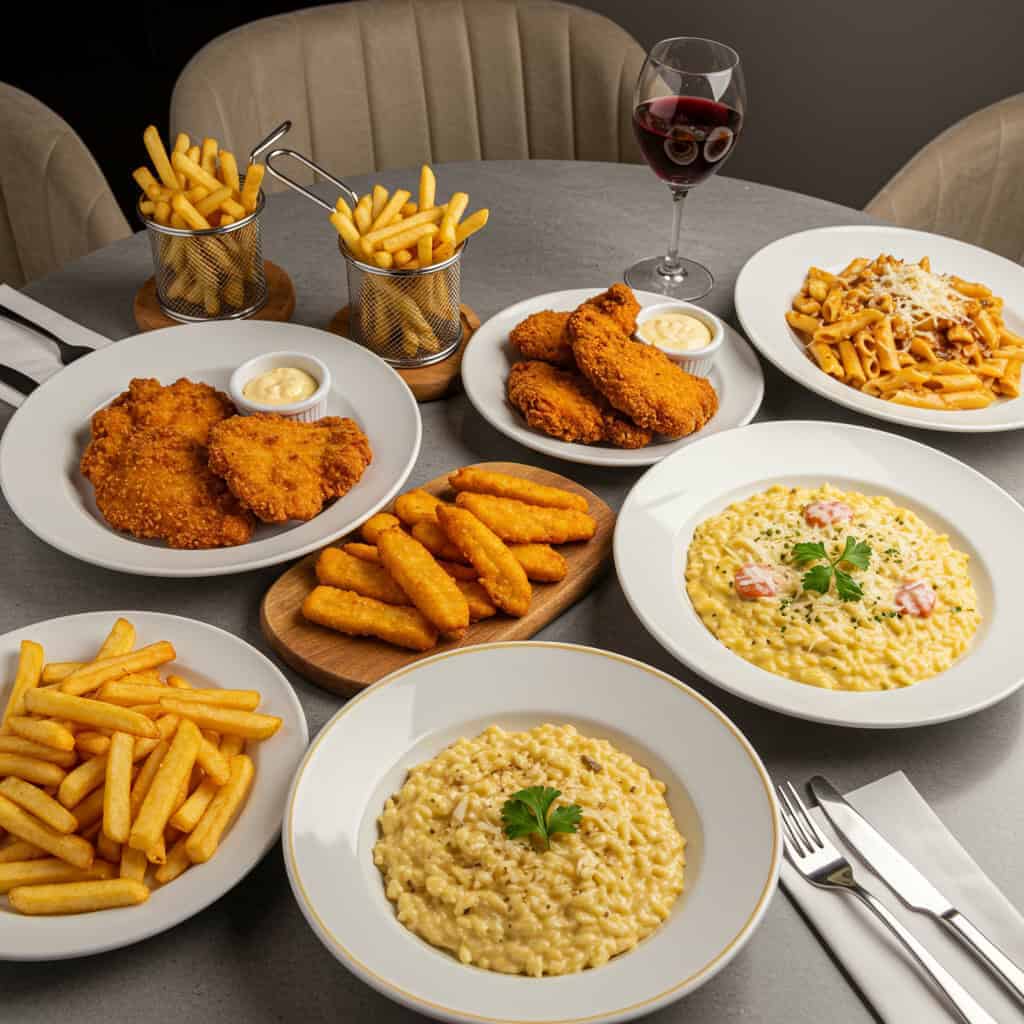
Restaurants frequently satisfy beige food cravings by offering menu staples like fries, breaded chicken, pasta, and creamy risottos. Many establishments feature dedicated ‘comfort food’ sections, while kids’ menus almost always highlight familiar beige favorites. These dishes are crowd-pleasers, appealing to diners seeking nostalgic, approachable meals. The consistent demand for such options reflects their role as reliable comfort foods in both casual and upscale dining environments.
15. The Future of Beige Food
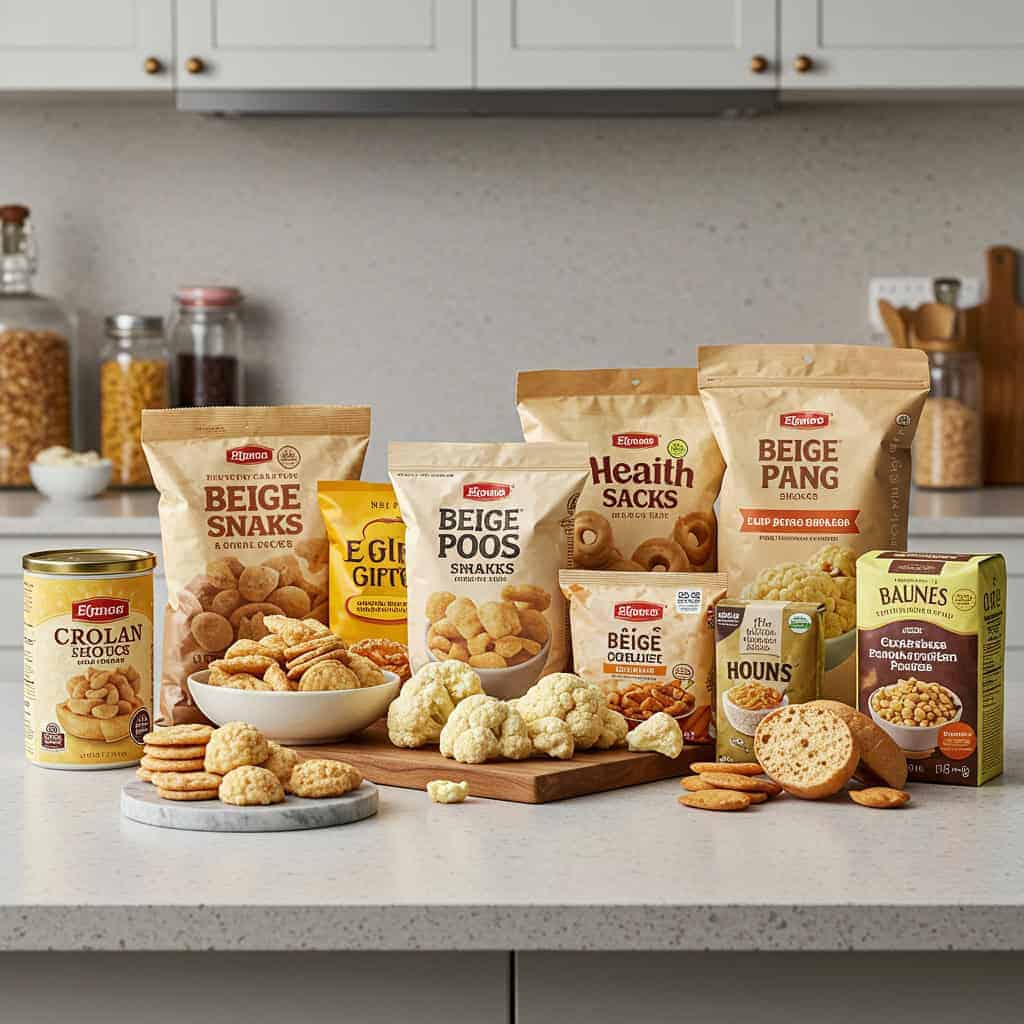
The future of beige food may involve a blend of nostalgia and innovation. Food companies are responding with healthier, plant-based alternatives to classic comfort foods, such as cauliflower-based snacks and whole grain options. This evolution could help bridge the gap between convenience and nutrition, appealing to health-conscious consumers. Meanwhile, there’s growing interest in returning to colorful, nutrient-rich diets, suggesting the beige trend may eventually coexist with a renewed appreciation for variety and wellness.
Conclusion

The enduring charm of beige foods lies in their ability to evoke nostalgia and comfort, offering a soothing respite in turbulent times. However, their prevalence also raises valid concerns about nutrition and long-term health. A balanced approach—enjoying these familiar favorites in moderation while embracing a diverse, colorful diet—can help reconcile their emotional benefits with health needs. Ultimately, mindful choices allow us to savor the best of both worlds.
.article-content-img img { width: 100% }
